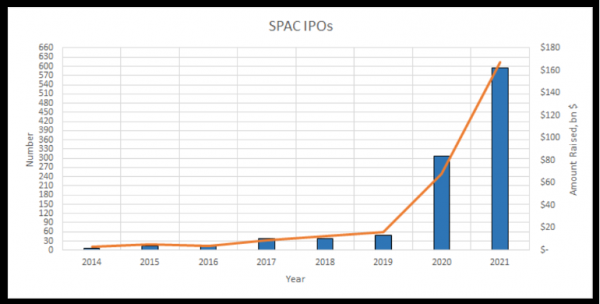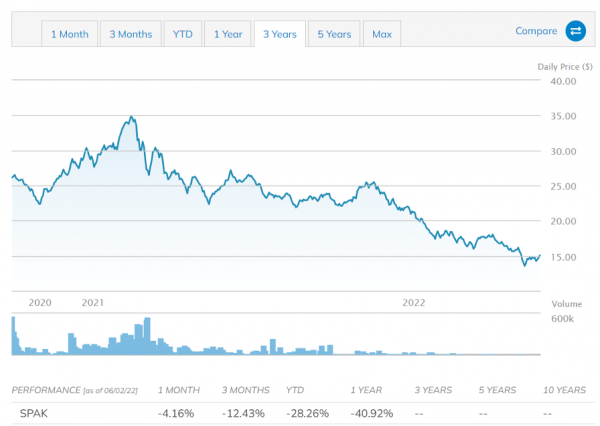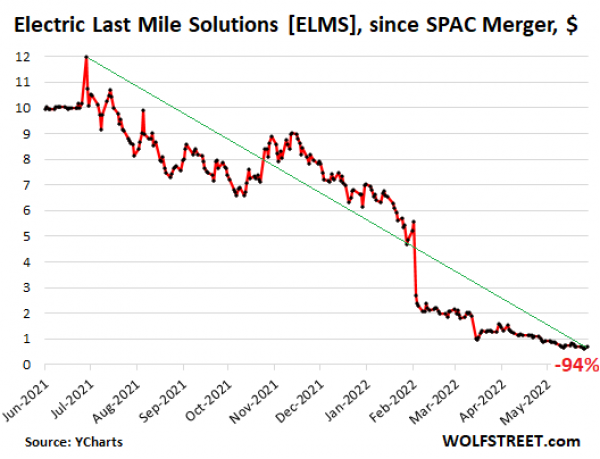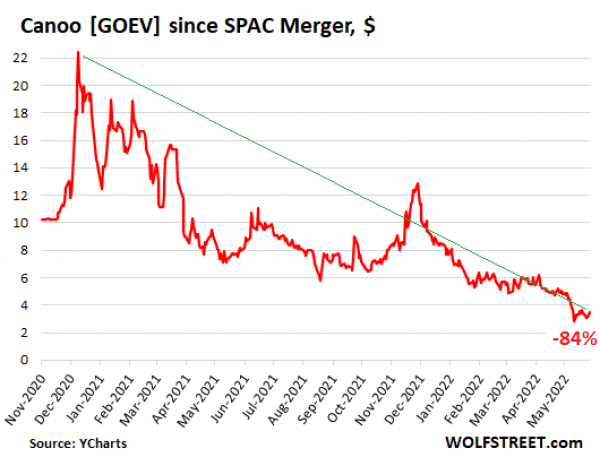As a reminder, a SPAC, or Special Purpose Acquisition Company, is a company with no operational activity - an empty shell - that raises funds on the stock market with the sole objective of making an acquisition or acquisitions.
It asks investors to sign a "blank cheque" with a promise to use the funds raised to acquire an unlisted company in return. Once the deal is completed, the SPAC renames itself after the acquired company, which gets access to the funds raised. The stock is then traded on the stock exchange like any other listed security. SPACs are therefore "liquid" investment vehicles for obtaining "pre-IPO" shares in high- growth companies. SPACs offer a major advantage for those aiming for a quick IPO: the financial disclosure requirements are less stringent than for a traditional IPO. On the investor side, they have attracted billions of dollars from individuals and hedge funds seeking the higher potential returns (and risks) often associated with private markets.
The period of massive liquidity injections that was put in place in 2020-2021 in response to the Covid pandemic has played an important role in the exponential growth of SPACs. Indeed, these financial securities have been around since the 1990s but their numbers really exploded in popularity in 2020 and the first part of 2021.
In 2020, no less than 227 transactions worth USD 76 billion were recorded. The year 2021 was even more spectacular: according to Ernst & Young, a total of 646 SPAC transactions were recorded worldwide for a total issue volume of USD 161 billion.





